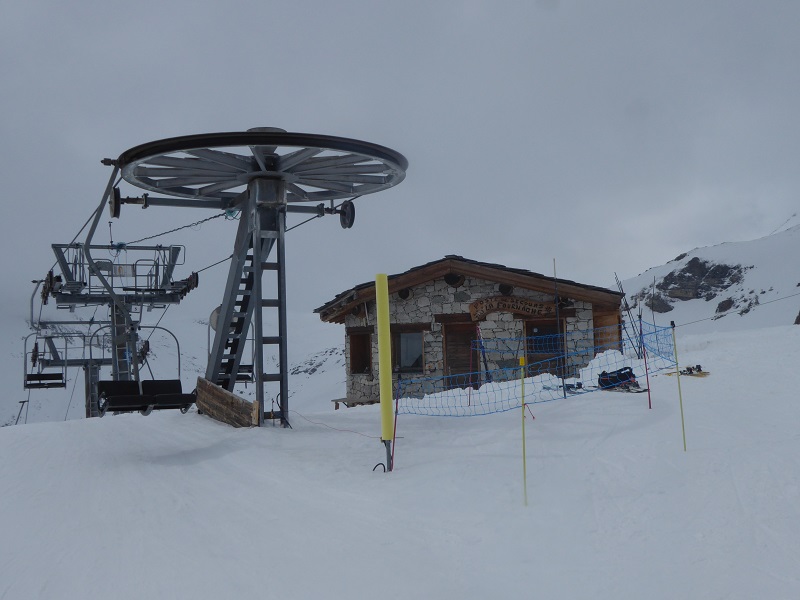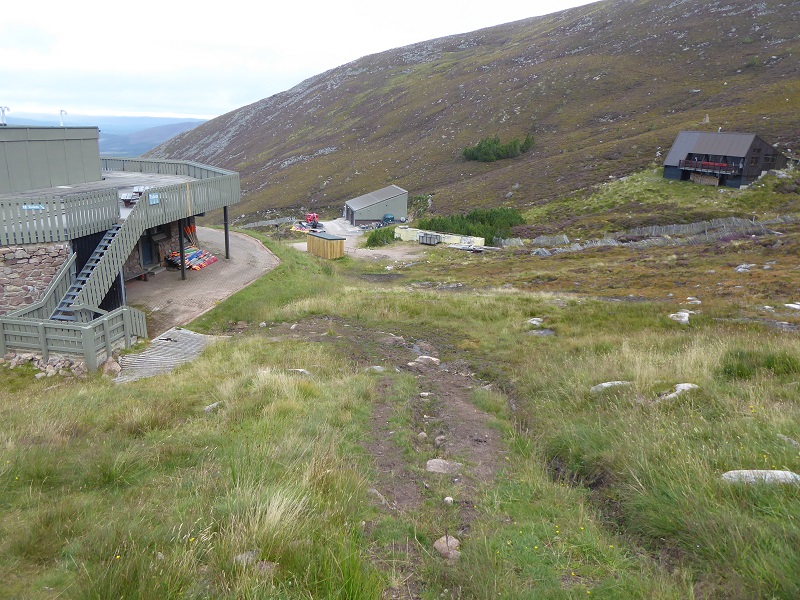
I am back from a couple of weeks ski touring in the Vanoise and, having taken a break from parkswatch last week, thought I would share this week a few things Scotland’s National Parks could learn from the Vanoise. The Vanoise National Park is the oldest in France, created in 1963, and consists on an uninhabited area between the Tarentaise and Maurienne. It excludes the villages in those valleys (like the central core of the Cairngorms without Speyside and Deeside) and the surrounding ski areas, including Aussois above. These are known as “l’espace peripherique” – the peripheral space.
After the brutalist excesses of the past – the concrete ski developments of Tignes and Val Thorens are the most prominent examples (akin to the former Aviemore Centre) – the French have for many years been “retrofitting” both ski areas and villages to bring them more into sympathy with the natural environment and the primary way they are doing this is through the use of natural materials in buildings. And the reason? When you are gazing out from a ski lift, or walking past in summer, you want to enjoy the natural environment not feel you are in a blighted area. Using natural materials in buildings helps.
There are lessons here for the ski area at Cairngorm which, in many ways, started from a much better place than most French ski resorts – with use of granite and wood in buildings – but has since been going backwards.

Creating an artificial ski area and an enlarged glass fronted building at the Ptarmigan will, I believe, simply blight the area further. Clearing up wrecked disused buildings, as Highlands and Islands Enterprise has now started to do but has still to finish, is simply a start. What is needed is a plan to retrofit Cairngorm so it is more in keeping with the natural environment and makes it an attractive place for people to visit – the masterplan that HIE promised but has not been delivered.
Instead of being on the defensive and waiting to see what Natural Retreats and HIE come up with, I would like to see the Cairngorms National Park Authority take a far more proactive role in developing a plan for Cairngorm along with the local community of Aviemore/Glenmore. In France, local communities have far more power than they do in Scotland, and at Aussois the ski area and other tourist facilties are owned and managed on behalf of two local communes, Aussois (80%) and Sollieres-Sardieres (20%). Why can’t we replicate a similar model at Cairngorm?
A similar model at CairnGorm cannot be replicated because HIE, in their infinite wisdom, appointed an operator who is only interested in what they can take away from the area, not in enhancing its appeal. HIE have no idea how to look after the CairnGorm Estate. Anyone who doubts that only has to look at the fact that they are providing their tenant with a £4m loan which is to be used to extend and refurbish the Ptarmigan building and construct an artificial ski slope. Both projects are significantly questionable on a commercial basis and neither will enhance the natural area at all. In addition HIE have shown no real interest in giving up ownership and handing it to the local community. One disaster follows another and there is no sign of an end to that cycle.
In the photo there are two small patches of trees. How much better the whole area would look if there was a plan for the extensive planting of native tree species in areas where this is viable and does not conflict with skiiing.